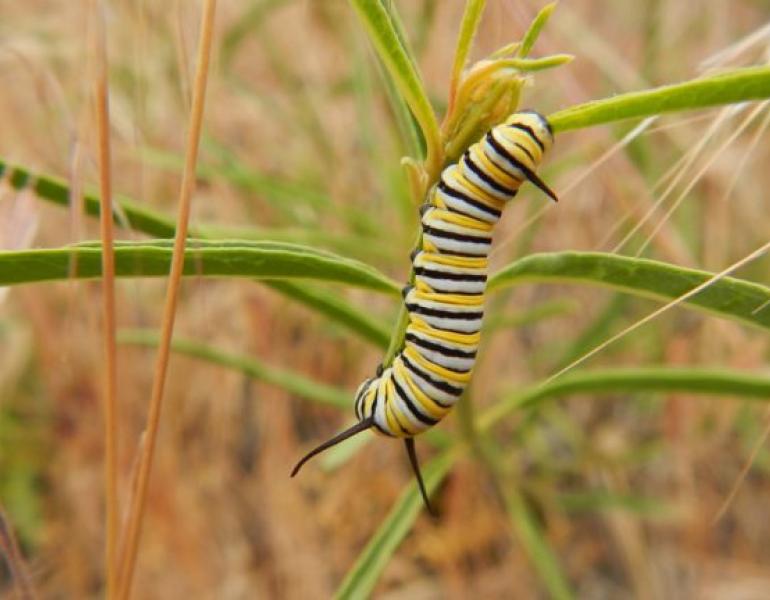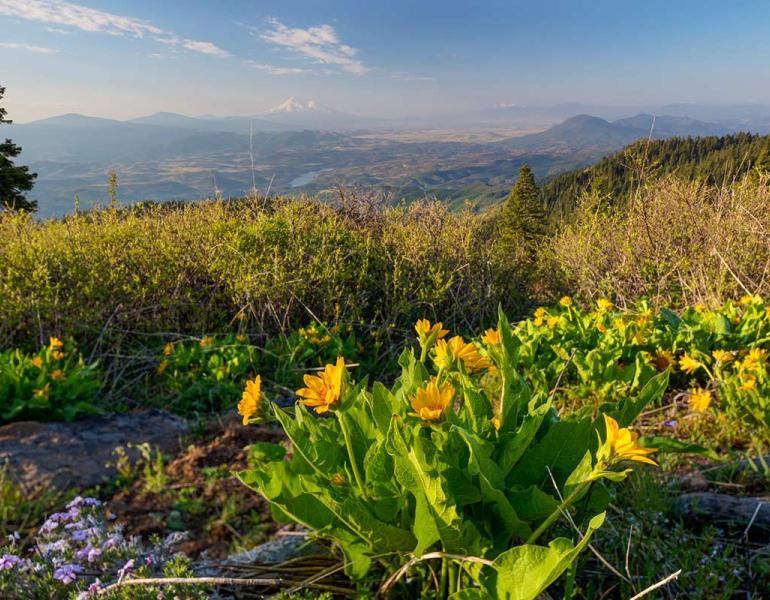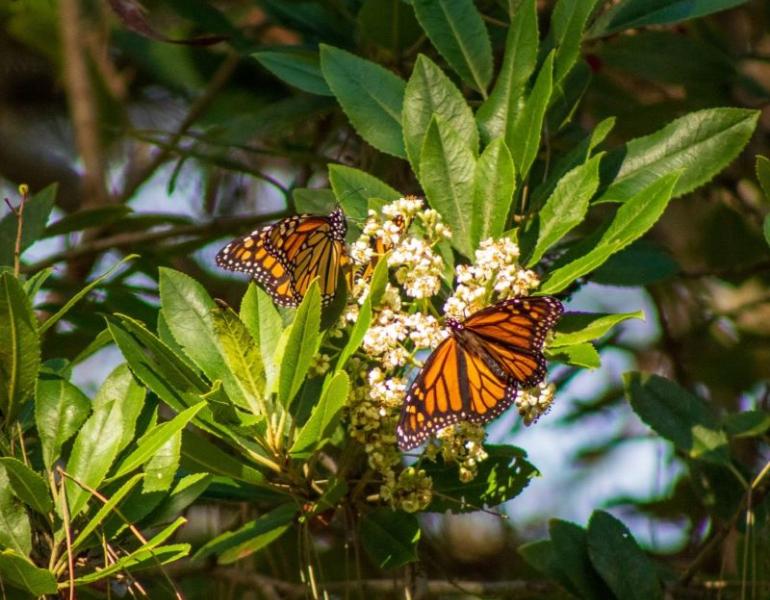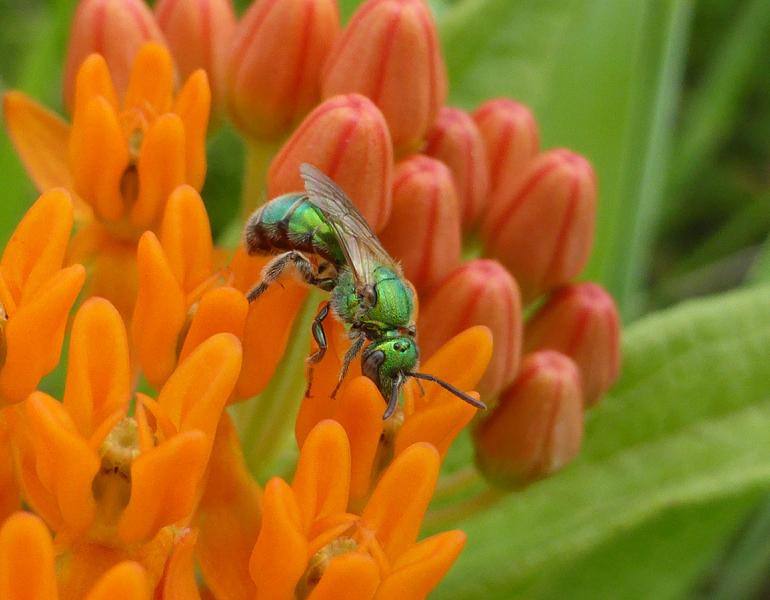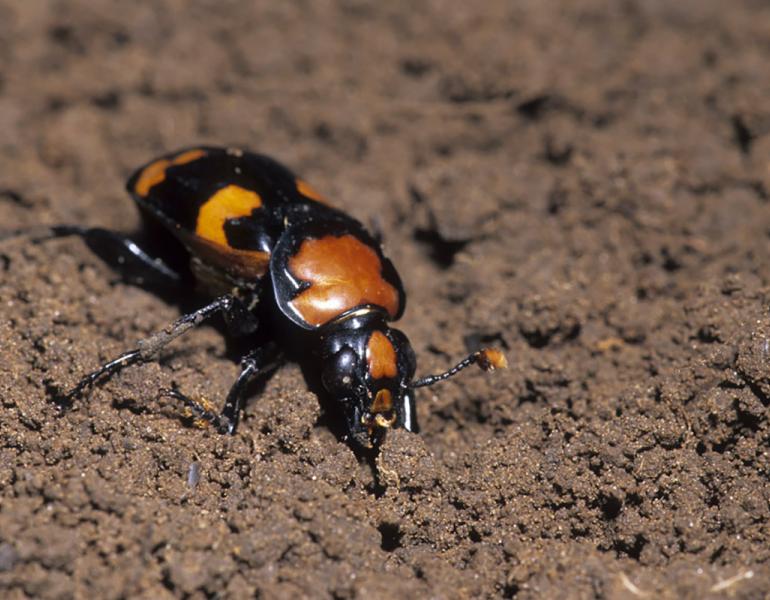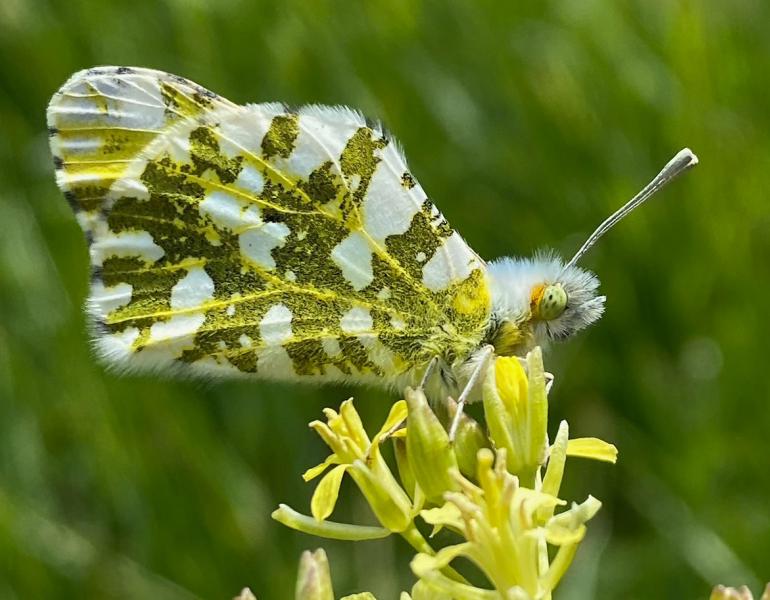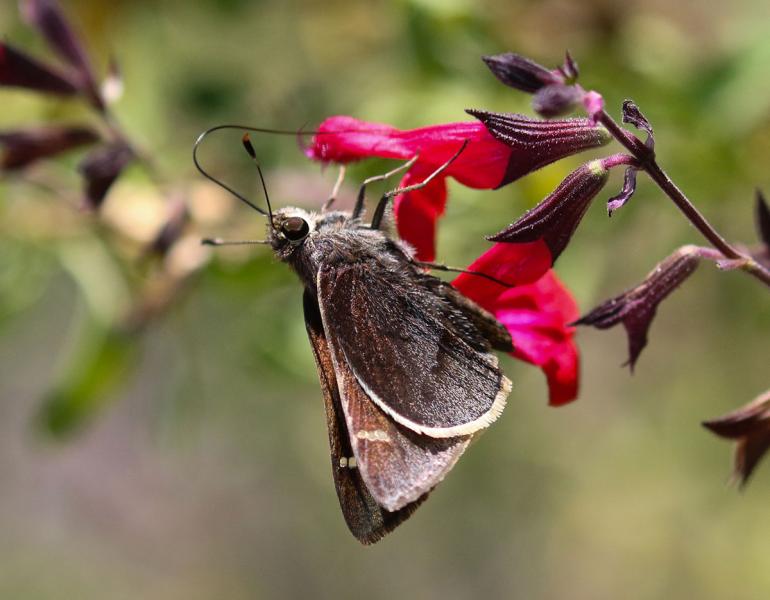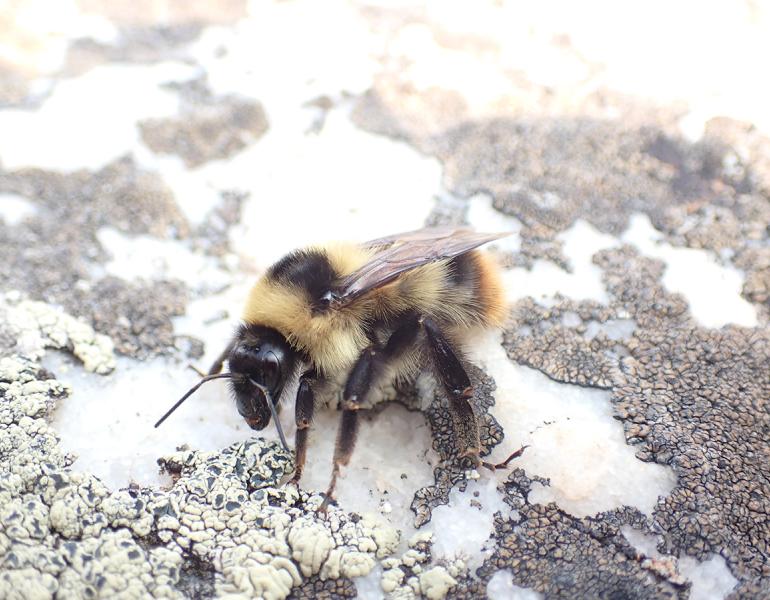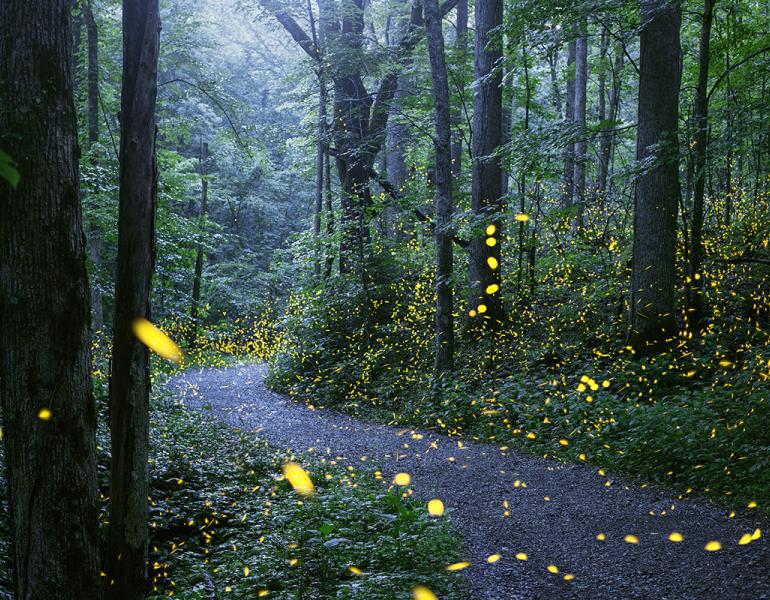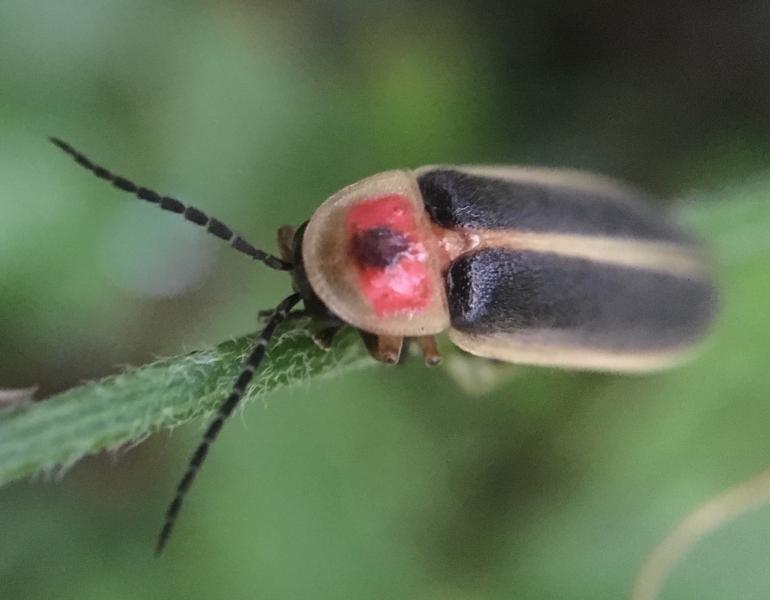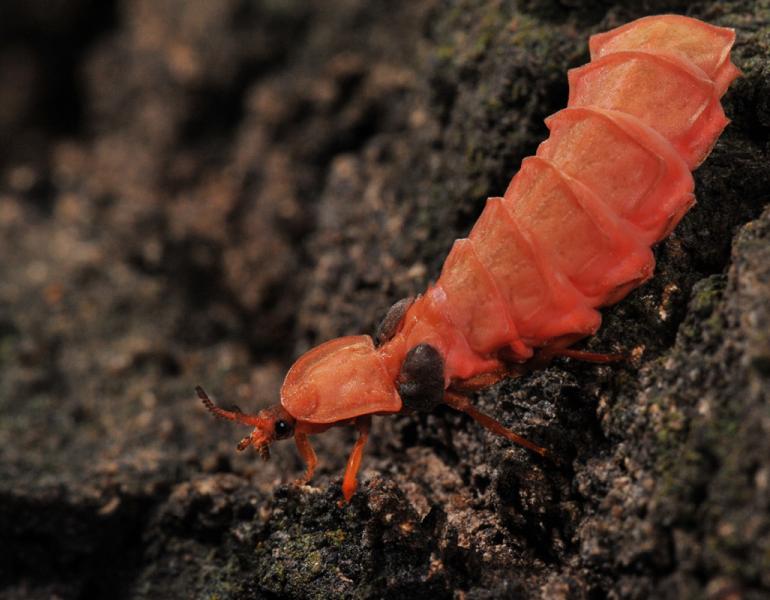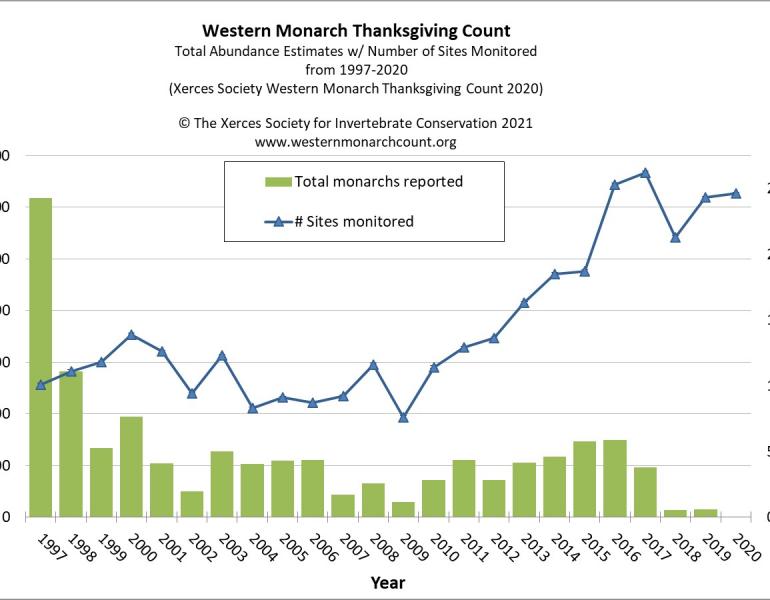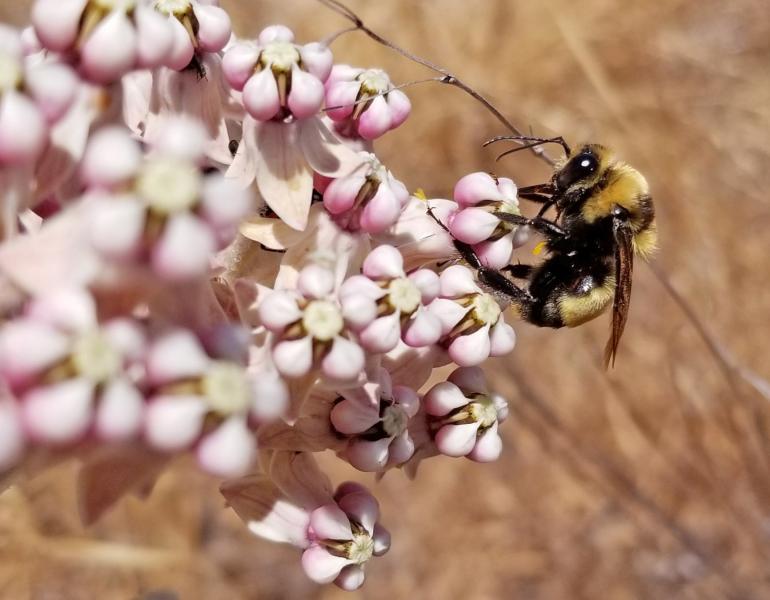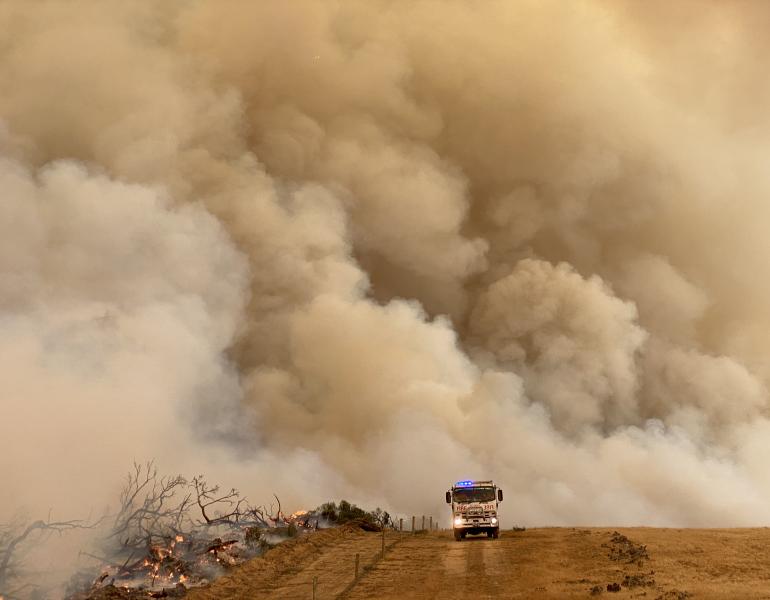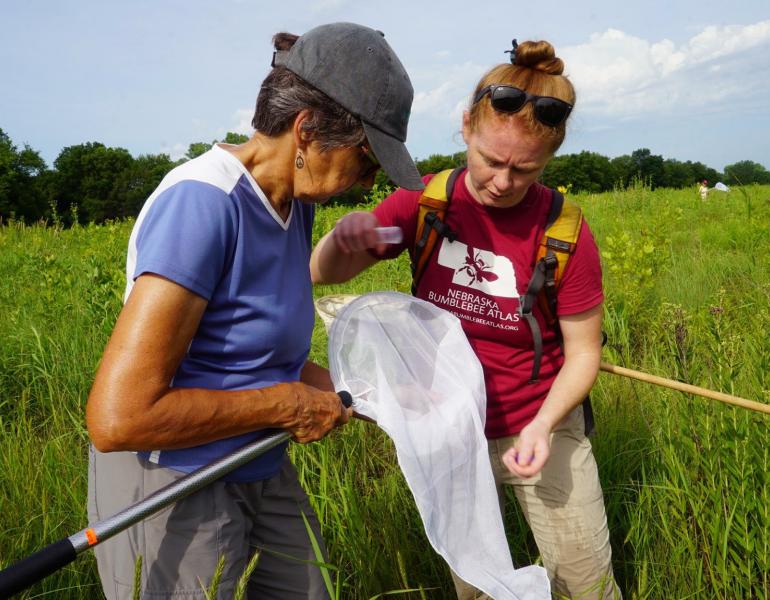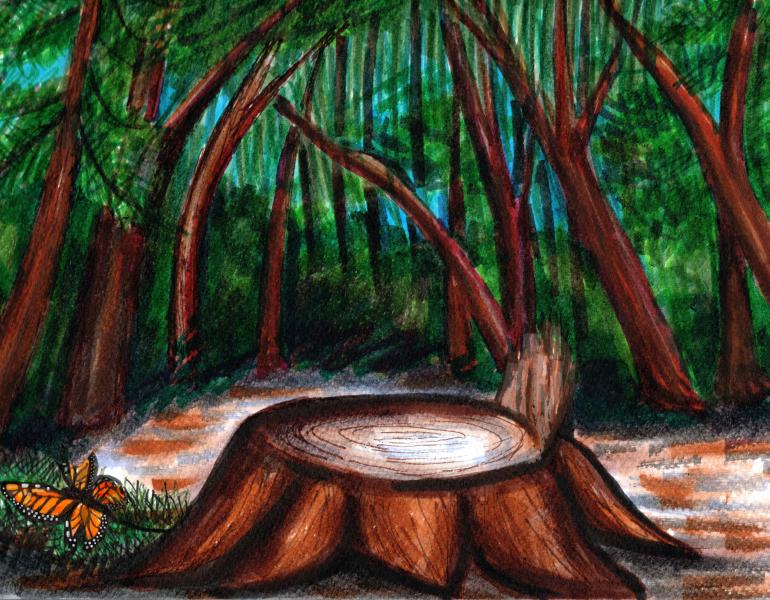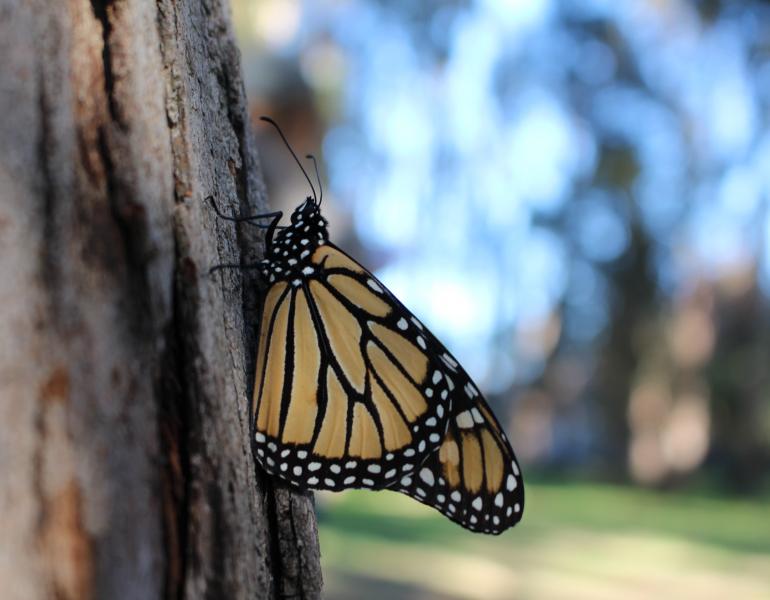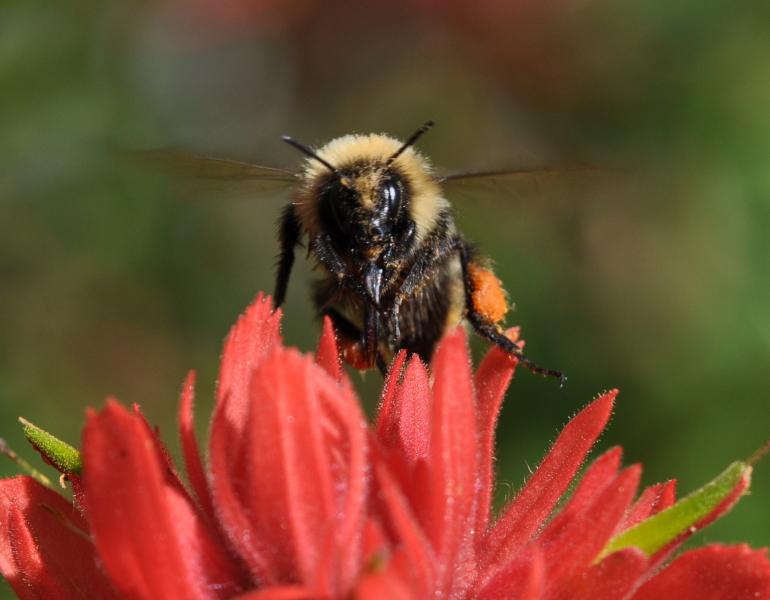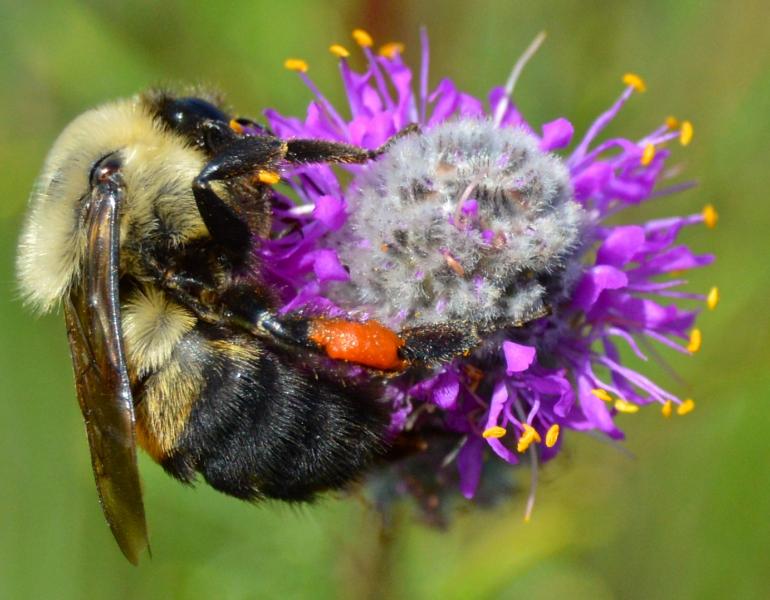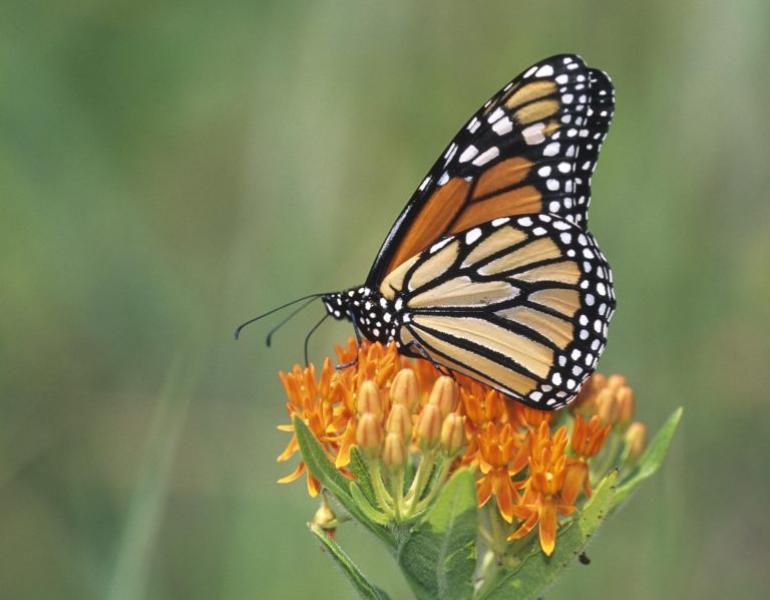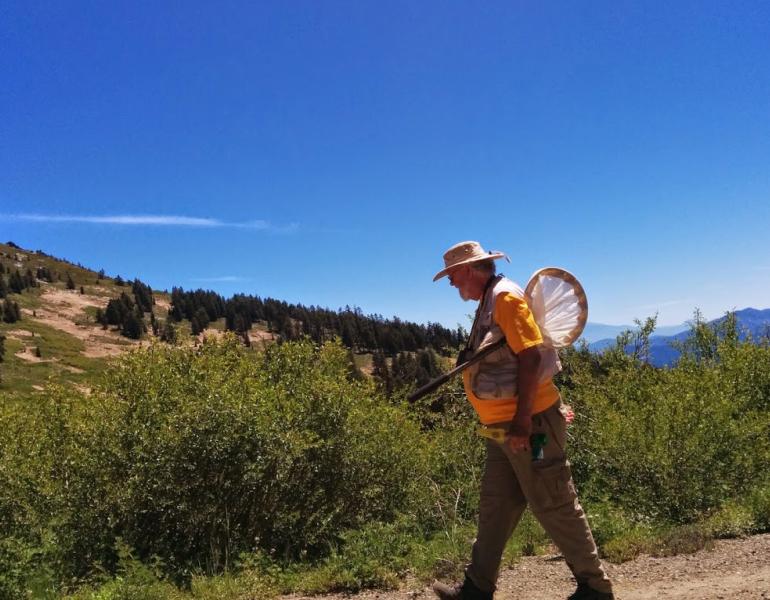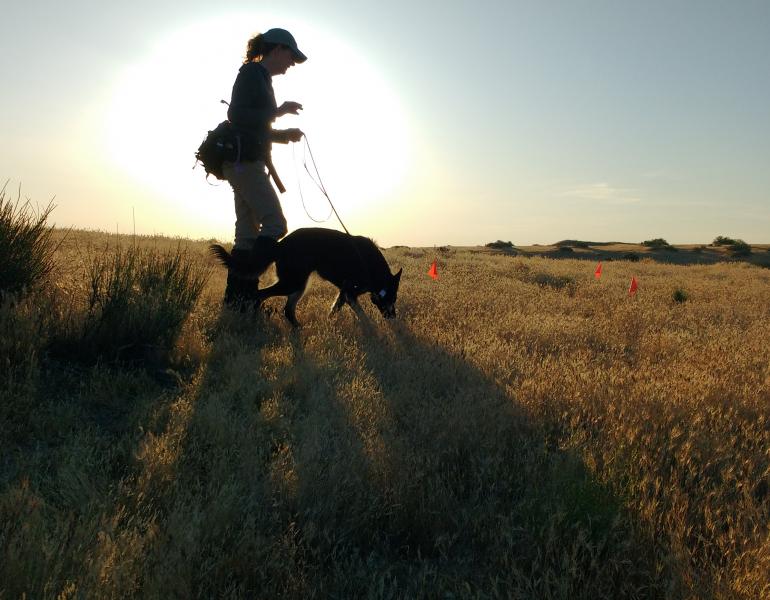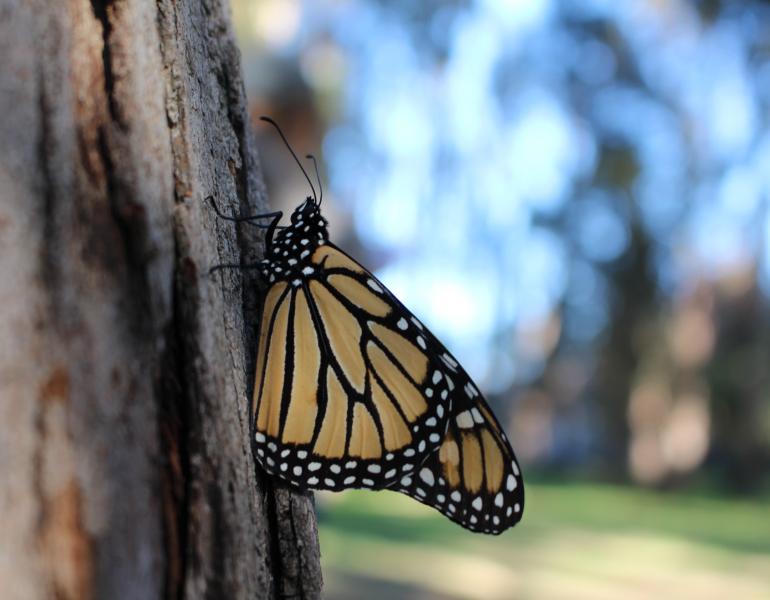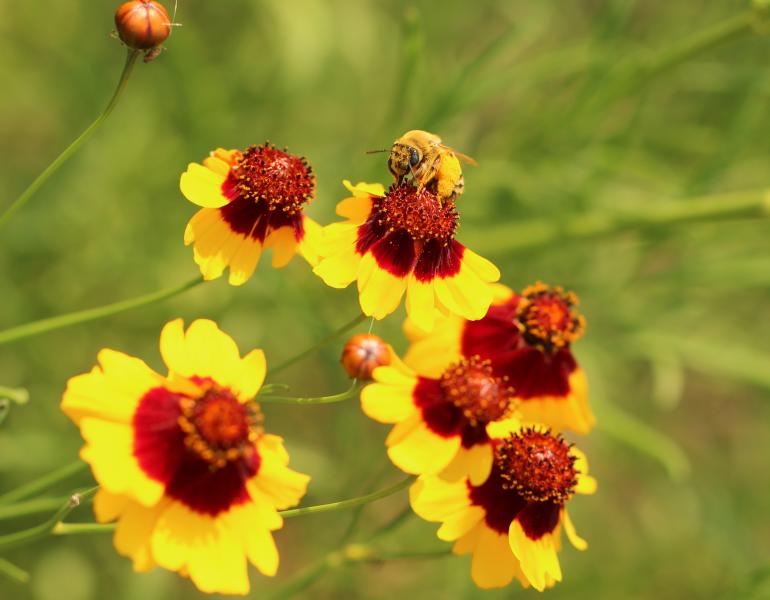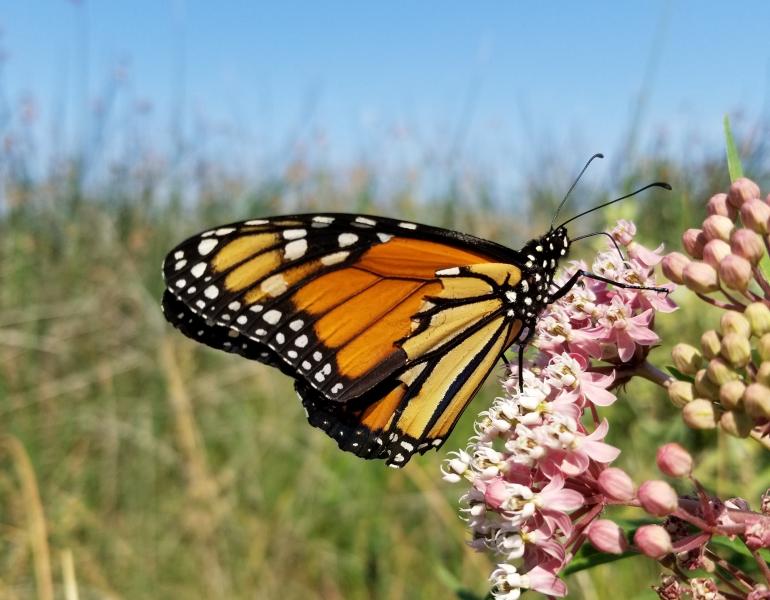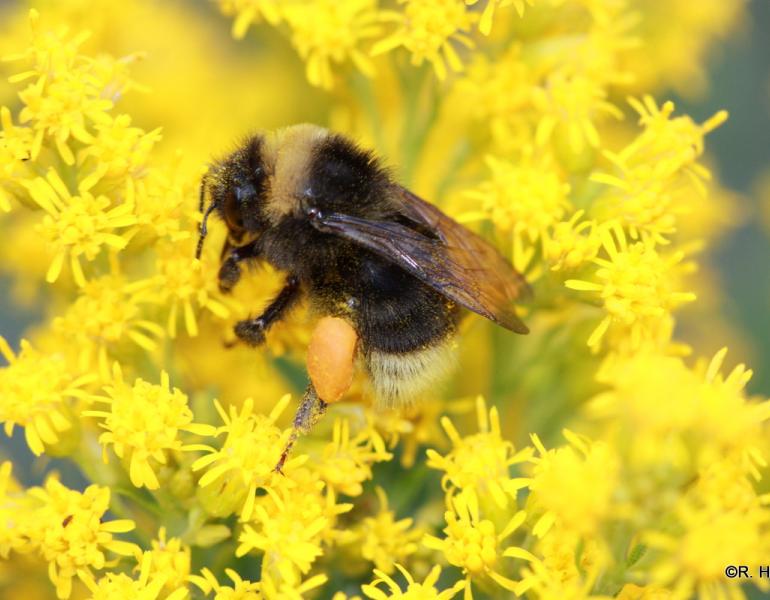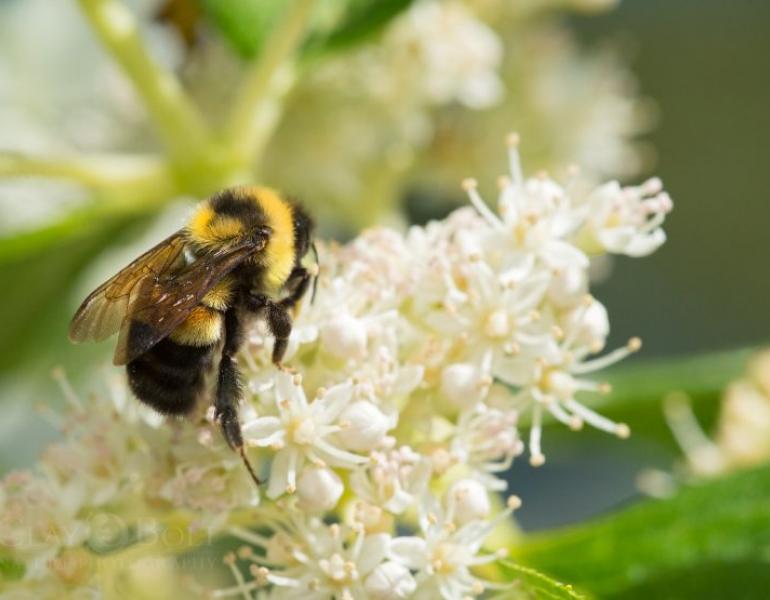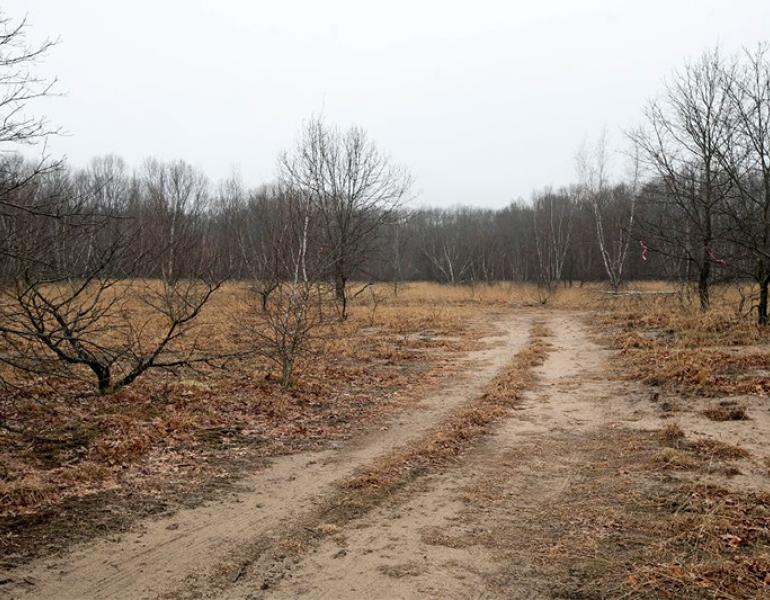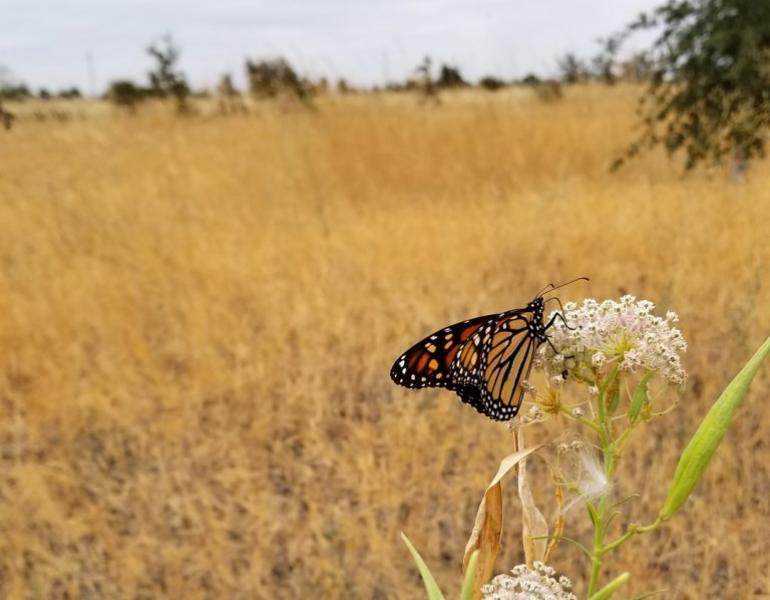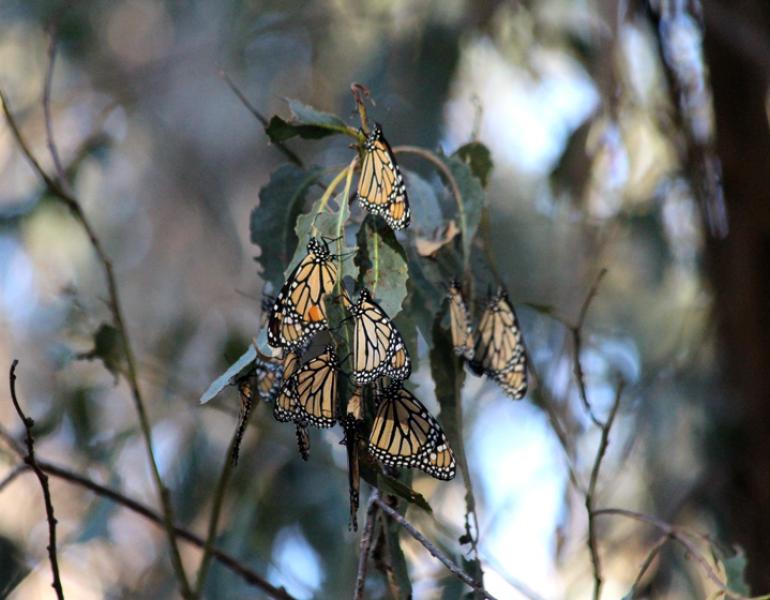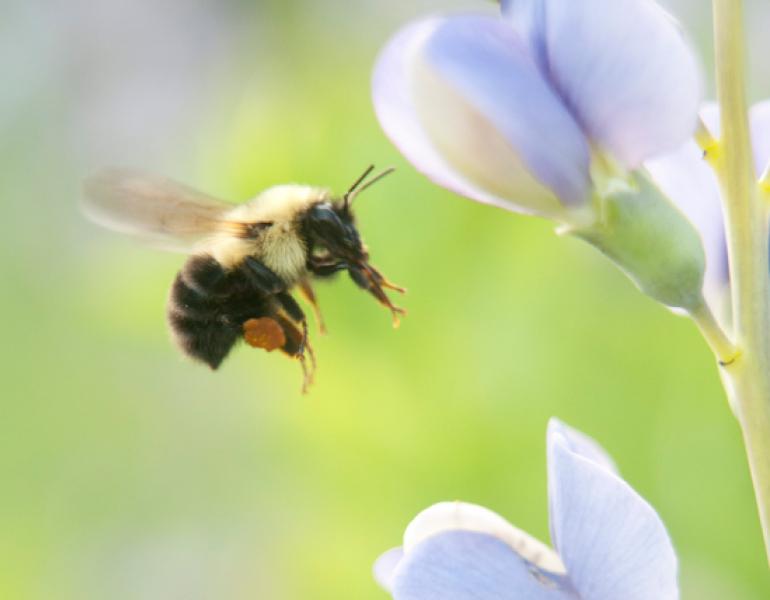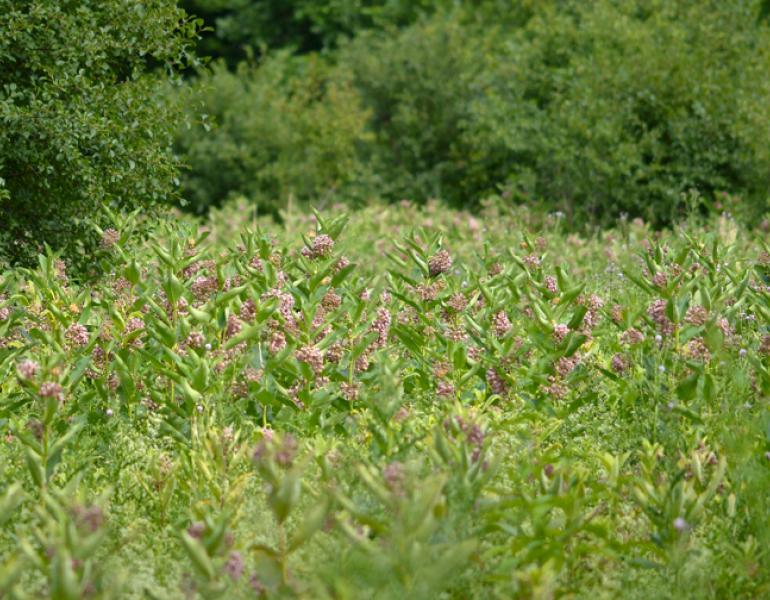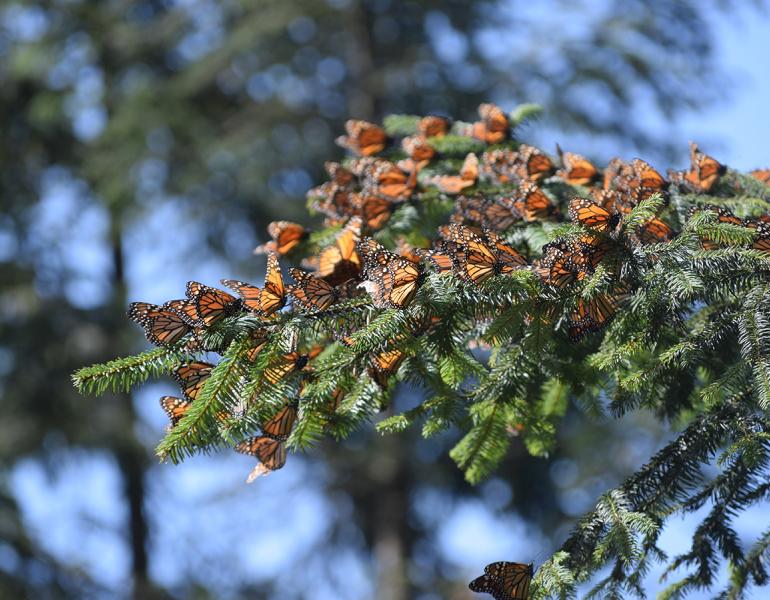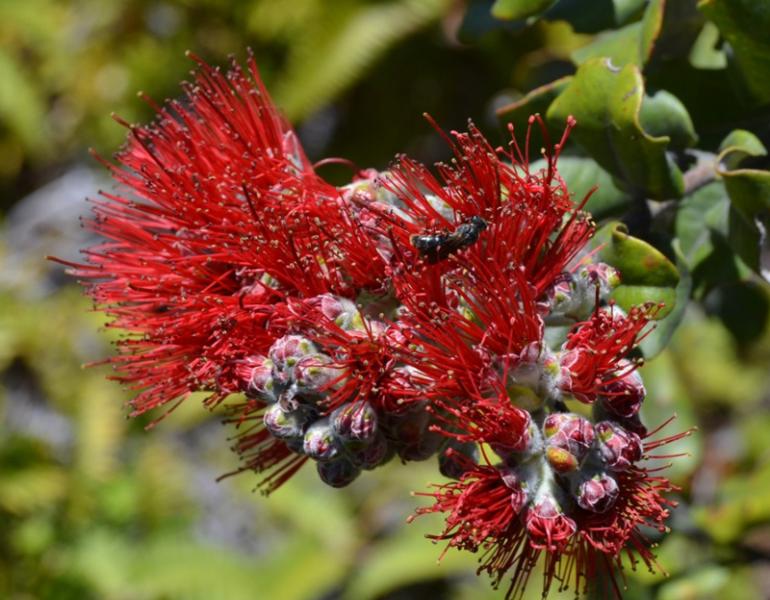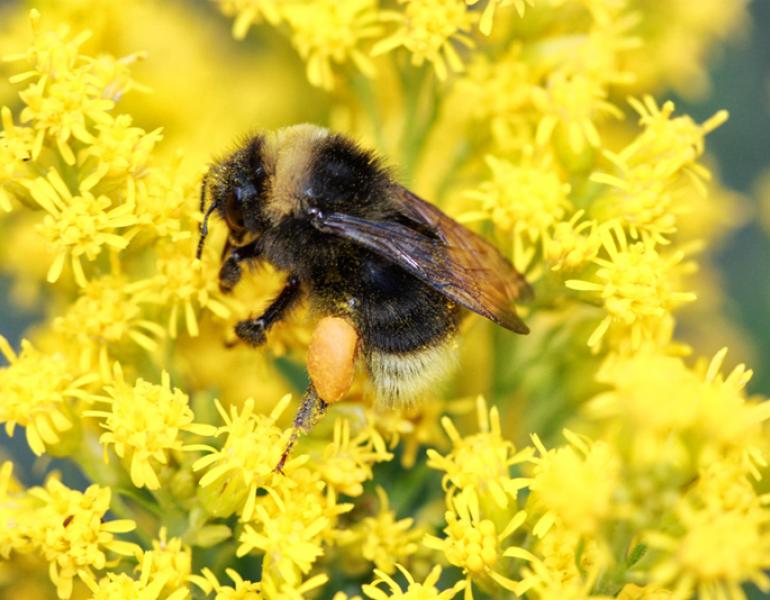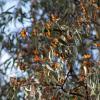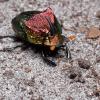Instead of rearing—which is risky and unproven in helping monarchs—we should focus on more effective, science-backed ways to conserve these glorious wild animals.
Endangered Species
Why Pollinators, Wildlife, and You Need Federal Public Lands
Without our federal public lands, many invertebrates—and the plants and other animals that depend on them—would be in trouble. You can help speak up for these incredible places.
Monarch Butterflies Have Been Proposed for ESA Protection. What Does This Mean?
The U.S. Fish and Wildlife Service has proposed to list the monarch butterfly as a threatened species under the U.S. Endangered Species Act, as announced today in the advance Federal Register. Here's why and what this means for people and monarchs.
Announcing the State of the Bees Initiative: Our Plan To Study Every Wild Bee Species in the U.S.
The Xerces Society is protecting wild bees by completing an extinction risk assessment for each and every species in the country!
Southern Plains Bumble Bee is One Step Closer to Federal Protection
The U.S. Fish and Wildlife Service has confirmed that the Southern Plains bumble bee is being considered for federal protection.
50 Years of Invertebrate Conservation Under the Endangered Species Act
Over the last 50 years, the Endangered Species Act has enabled federal protection of invertebrates.
Xerces Society Files ESA Petition to Protect Morrison Bumble Bee
Xerces Society has submitted a petition to list Morrison bumble bee under the federal Endangered Species Act.
This Beetle Buries the Dead
Burying beetles are experts at detecting the odor of death—and putting it to good use.
Secrets of the Nevada Nighttime (No, It’s Not Aliens)
Water brings life to the desert—including fireflies. Their secrets lie under the stars, until community scientists discover more.
The Xerces Society has Submitted a Petition for the Listing of the Large Marble Butterfly Under the Federal Endangered Species Act
Despite its widespread distribution, recent studies using long term monitoring data have ranked the large marble as one of the western butterfly species most at risk of extinction in the next 50 years.
Searching for Rare Butterflies on the Oregon and California Coasts
In the hopeful early summer, Xerces conservation biologists set out on a journey down the coast, under forests, through marshes, and across sand dunes to find rare butterfly species in the wild.
Without State-Level Protection, These Invertebrates Face an Uncertain Future
These nine valuable and vulnerable insects are living in states where state wildlife agencies can't effectively protect them because state law doesn't include insects in the formal definition of wildlife. We're working to change that and protect these incredible invertebrates for years to come.
Insects Are Wildlife, Too
State wildlife agencies are vital to species conservation, but they can't effectively protect ecosystems when legal barriers exclude certain animals from their jurisdiction. There are several U.S. states that have little or no ability to manage and protect insects.
ESA Petition Filed to Protect the Loopy Five Firefly, a Southeastern Lightning Bug
The loopy five is a rare firefly currently known from fewer than ten wetland sites in middle elevations of Tennessee, South Carolina, and Georgia. The Xerces Society has submitted a federal petition to list this firefly under the Endangered Species Act.
New Firefly Atlas Will Put Beloved Beetles on the Map
Anyone can join a new community science opportunity, The Firefly Atlas, to study and protect the magic of fireflies. There isn't enough data to even evaluate the status of half of the firefly species in the United States and Canada. The Firefly Atlas aims to collect more and better data, especially in focal regions, to empower conservation action.
Notes From the Field: Putting Snails on the (Cascade-Siskiyou National Monument) Map
The Cascade-Siskiyou National Monument holds both mysteries and answers about several rare and imperiled snail species. Xerces scientists discover data in the field that will guide conservation for mollusks, which have highest number of documented extinctions of any major taxonomic group in the world.
In Search of the Elusive Northern Forestfly
In a race against climate change as it warms high alpine streams, Senior Endangered Species Conservation Biologist Candace Fallon describes the ongoing hunt for an elusive stonefly, the northern forestfly. Cold-adapted alpine species like the northern forestfly are particularly threatened by extinction due to their patchy distributions, limited dispersal abilities, and reliance on cold water habitats. Fortunately, the increased survey efforts that Xerces and our partners have undertaken over the last few years have resulted in a larger than previously known range and distribution of this species.
World Firefly Day: Keeping Fireflies in the Neighborhood
This weekend marks World Firefly Day, an annual celebration organized by the Fireflyers International Network. I love fireflies for how they transform places, making them feel both safe and mysterious. As a child, I was comforted by their blinking lights as I walked in the dark, and their seasonal return was always a source of delight and awe. Even as I learned about the chemistry behind their bioluminescence, the sense of wonder remained.
Sparking a Sustainable Firefly Tourism Movement
Firefly tourism is on the rise in the United States. While it can benefit local economies and help more people to experience the wonder of nature, it also presents challenges. Xerces and partners have created a set of guidelines for site managers and an etiquette guide for visitors to help everyone enjoy fireflies in a way that protects them and their habitats.
New Report: State of the Fireflies of the US and Canada
Last November, Xerces and partners released an assessment demonstrating that nearly a third of North American firefly species may be at risk of extinction. To help protect these species, Xerces has developed a new firefly conservation guide for wildlife agencies, the first of its kind in the U.S.
A Q&A with Daniel Potvin-Leduc, a Bumble Bee Watch Star from Quebec
Victoria MacPhail of York University recently interviewed Daniel Potvin-Leduc, a Bumble Bee Watch star from Quebec, about his experience participating with Bumble Bee Watch.
Using Community Science to Conserve Bumble Bees: From Small Beginnings to a Continent-Wide Effort
As we mark Xerces' 50th year, we look at the ongoing effort to protect bumble bees. Xerces has adopted a multi-pronged approach: outreach and education to raise awareness, technical assistance with habitat restoration, advocacy to gain legal protection, and, the focus of this article, community science to gather data that informs our work.
Shedding Light on Firefly Natural History and Distributions through Community Science
Gathering habitat and distribution information about lesser-known species is a mammoth task, made easier by the observations submitted by individuals participating in community science projects. You can help, too!
Latest Update to the IUCN Red List Includes First Global Assessments for Fireflies, with a Spotlight on North America
Biologists from the Xerces Society and the ABQ BioPark began assessing species for the Red List in early 2020. This Red List update includes assessments for 128 species (77% of the described U.S. and Canadian firefly fauna). Fourteen species are Threatened, but the majority of species (55%) are Data Deficient, highlighting a critical need for increased surveys, population monitoring, and basic life history research.
Monarch Numbers from Mexico Point to Declining Population
Surveys of monarch butterflies overwintering in central Mexico by World Wildlife Fund–Mexico found that the butterflies occupied an estimated 2.1 hectares of forest during the winter of 2020–21, approximately 26% less than the previous winter. Scientists estimate that 6 hectares are necessary to sustain the population.
California Court Case: Protection of Insects under the California Endangered Species Act
The Xerces Society and our conservation partners at Defenders of Wildlife and Center for Food Safety, represented by the Stanford Environmental Law Clinic, appealed a recent court decision that determined that the California Fish and Game Commission lacks authority to list four bumble bee species under the California Endangered Species Act.
Western Monarch Population Closer to Extinction as the Wait Continues for Monarchs’ Protection Under the Endangered Species Act
During the 24th Western Monarch Thanksgiving Count, nearly 100 volunteers carefully surveyed groves of trees on the California and Northern Baja coast for monarch butterflies. Despite the challenges of conducting field work during a pandemic, volunteers surveyed 246 sites, three more than last year. Unfortunately, to the surprise and dismay of many, only 1,914 monarchs were counted at all the sites. This is a shocking 99.9% decline since the 1980s.
Court Decision Undermines the State of California’s Ability to Protect Insects Under its Endangered Species Act
The Superior Court of Sacramento County recently sided with agricultural groups and determined that the State of California does not have the legal authority to protect insects under the California Endangered Species Act, effectively excluding a huge proportion of animal diversity from a law that was enacted to broadly protect the state’s wildlife.
U.S. Fish & Wildlife Service Fails to Designate Critical Habitat for the Rusty Patched Bumble Bee
The U.S. Fish & Wildlife Service decided to not designate critical habitat for the rusty patched bumble bee, despite its previous finding that habitat loss threatens the bee. Failing to designate critical habitat may hinder recovery of the rusty patched bumble bee, which has already been lost from more than three quarters of its historic range.
Working from the (river) bottom up to conserve the western ridged mussel
The western ridged mussel is one of just a few species of freshwater mussels native to North America west of the Continental Divide. This mussel can live for many decades in our rivers and streams, and is the only living member of its genus, making it unique among North America’s freshwater mussel fauna. Sadly, the western ridged mussel has declined over much of its range and faces numerous threats where it still occurs, bringing it to the point where it is at risk of extinction.
Australia’s Green Carpenter Bee on the Brink
In late 2019, wildfires burned across Australia on an unimaginable scale, devastating towns and forests and pushing a rare bee closer to extinction.
Nature-Based Solutions: A Win for Both Biodiversity and the Climate
Natural areas support wildlife during a time of shifting weather patterns, and they also help with carbon sequestration. Protecting and creating habitat should be an integral part of our response to climate change.
Nebraska Bumble Bee Atlas: Doing a Little to Impact the Whole
The 2020 survey season begins this June. We hope you’ll join us in our quest to learn more about bumble bees and restore Nebraska’s natural habitats.
Evolution in Attitudes Leads to Greater Interest in Pollinator Conservation
Twenty years ago, being referred to as the “bee guy” wasn’t always positive. In contrast, today many people are keen to learn about what they can do to protect pollinators. We are proud to be part of the reason that the public has become more aware of, and engaged in, pollinator conservation.
The Vanishing Butterfly Groves of California
The latest research suggests that the damage and loss of overwintering habitat is one of the primary drivers of the decline of western monarchs. Together, we can make overwintering site protection and management a reality.
Thanksgiving Count Shows Western Monarchs Need Our Help More than Ever
The western monarch population remains at a critical level. With some luck and a lot of hard work, we have hope that we can save this incredible migration.
Monarch and Pollinator Habitat Kits Designed to Support Imperiled Western Monarchs
These specially designed kits, geared towards large-scale projects, incorporate native milkweeds, nectar plants, and climate considerations.
Conserving the Jewels of the Night
Introducing the Xerces Society’s firefly conservation campaign: Conserving the Jewels of the Night.
The Source of Hope and Wonder Comes in Small Packages
Rich Hatfield, senior endangered species conservation biologist and bumble bee lead for the Xerces Society, trekked into Washington state’s Pasayten Wilderness to find the elusive high country bumble bee (Bombus kirbiellus).
Working Together in Iowa to Find the Rusty Patched Bumble Bee
Sarah Nizzi, Farm Bill Pollinator Conservation Planner and NRCS Partner Biologist, writes about a recent workshop in Iowa and a sighting of the endangered rusty patched bumble bee.
Insects Lose as Trump Administration Weakens the Endangered Species Act
These new regulations will make it much harder to protect and recover the animals that are struggling to survive and need our help the most.
Community Science Powers New Western Monarch Studies
Western monarch researchers and community scientists have been busy, contributing information vital to understanding the situation facing this imperiled population.
Celebrate World Firefly Day by Keeping Nights Dark
Fireflies are some of our most well-loved insects—yet their numbers appear to be dwindling. One likely driver for this decline is light pollution. Put simply, fireflies need dark nights.
Working to Conserve Monarchs from Coast to Coast
The Xerces Society is working across the U.S. to conserve this beloved species, and there are a number of ways you can help!
Introducing Xerces’ Newest Community Science Project: Nebraska Bumble Bee Atlas
Work alongside researchers to collect data and support bumble bee conservation.
Taking a Stand for Firefly Species Facing Extinction
The Xerces Society and the Center for Biological Diversity have submitted a joint petition for the emergency listing of the Bethany Beach firefly (Photuris bethaniensis) under the federal Endangered Species Act (ESA).
How to Support Monarch Butterfly Conservation—During Earth Week and Beyond!
Helping the monarch back to full health isn’t going to be easy or quick, but together we can transform the landscape to allow the monarch to rebound—and give our children the gift of watching orange wings flap in the sunshine.
Honoring Robbin Thorp, a Legendary Figure in North American Bee Conservation
Robbin Thorp, Professor Emeritus at University of California–Davis, has made lasting contributions to the bee conservation community in ways that might never be measured, but will certainly be felt.
Community Scientists Take on the Cultivar Conundrum
The Xerces Society’s blog post “Picking Plants for Pollinators: The Cultivar Conundrum” highlighted the lack of research on this topic. To help address this knowledge gap, Budburst launched the Nativars research project in 2018.
Announcing the 2019 DeWind Awardees
The Xerces Society is happy to announce the 2019 DeWind awardees: Niranjana Krishnan, a PhD candidate at Iowa State University, and Molly Wiebush, a master’s student at Florida State University.
A Quest for Bumble Bee Nests: The Missing Link
Researchers at York University are recruiting members from across North America for a very important mission. Your assignment, should you choose to accept it: find and submit sightings of bumble bee nests.
Community Scientists Can Help Support Imperiled Western Monarchs
While hiking in California and the rest of the West, you can help researchers by submitting any and all monarch and milkweed observations this year to the Western Monarch Milkweed Mapper website.
Photo Essay: Trinational Monarch Meeting and Exploring Mexico’s Monarch Overwintering Sites
Xerces Society Endangered Species Conservation Biologist and Western Monarch Lead Emma Pelton recounts her recent experience in Mexico with this photo essay.
National Butterfly Center Gets Reprieve—But Border Wall Will Impact Much More
There are many reasons to oppose the wall along the southern border—including the loss of habitat for some of our smallest and most important animals.
New Year’s Count of Western Monarchs Confirms Decline, Trends Seen in Previous Years
Overall, the count data revealed an average decrease of 38% between the Thanksgiving and New Year’s counts.
Pollinator Conservation Program Digest – January 2019
January’s featured staff have been working on establishing pollinator habitat in California’s Central Valley and helping farmers both navigate the ins and outs of the Endangered Species Act and provide restored habitat for native bees in Maine.
Record Low Number of Overwintering Monarch Butterflies in California—They Need Your Help!
We urge you to join us and our colleagues in the western monarch science and conservation community in taking meaningful, swift action to help save western monarchs.
Pollinators and the 2018 Farm Bill
Although we did not get everything we wanted in the 2018 Farm Bill, pollinators are still a priority and formal commitments to support conservation efforts are now in effect for at least the next five years.
Climate News Round-Up: January 2019
Climate change is an unprecedented global challenge. Angela Laws, our resident climate change expert, reviews recent news on the topic and provides concrete ways to help.
Businesses Aligning with the Life that Sustains Us
The trend of business owners aligning with social and environmental causes is on the rise. Here at the Xerces Society, we are feeling these benefits—and are very thankful for the support.
Pollinator Conservation Program Digest – November 2018
November’s featured staff hail from Minnesota, Indiana, and California, and have been conducting training and outreach events, helping General Mills to implement their plan to plant 3,300 acres of pollinator habitat, and monitoring farm habitat plantings in the San Joaquin Valley.
A Shifting Climate Creates Winners and Losers
We are already observing impacts on some species that are emerging earlier or whose distributions are changing, but it is difficult to characterize how insects as a whole will be impacted: some species will benefit while most will lose out.
Western Monarch Numbers Expected to Be Low this Year
What can you do to help the monarch? Protect habitat, avoid pesticide use, plant gardens, and contribute data to Xerces-led community science efforts.
The Xerces Society Seeks Endangered Species Protections for California Bumble Bees
Protecting these species is not only the right thing to do; it will also help to maintain the healthy ecosystems that make California such a remarkable and productive state.
Keeping the Lights Burning: The Status of Fireflies in the United States and Canada
Fireflies are well loved, but they may be in trouble. Xerces will continue to seek a better understanding of these enchanting animals and how best to protect them.
The Endangered Species Act Needs Your Help!
The Endangered Species Act is our nation’s most effective law for protecting animals and plants in danger of extinction, and it has prevented 99% of listed species from going extinct. We need your voice to help defend this crucial law.
Connecticut’s Sand Plains Need Protection
Sand plains have been subjected to mining, development, and fragmentation, resulting in a loss of up to 95% of this habitat type. But these unusual environments are home to a number of rare plants and insects.
Managing for Monarchs in the West
A new guide to protecting the monarch butterfly from the Pacific to the Rockies presents a holistic approach to monarch conservation.
Tropical Milkweed—a No-Grow
Milkweed is in demand, and that demand has been filled in recent years by tropical milkweed, a non-native species. But is planting tropical milkweed potentially doing more harm than good?
Scientists Urge Action to Protect Waters from Neonicotinoid Insecticides
Will California’s regulators take steps to curtail neonicotinoid water pollution? If they take the advice of scientists, they will.
Second New Year's Count Supports Monarchs' Movement Between Sites
The Xerces Society's Western Monarch Thanksgiving Count provides a long-running record of the number of monarchs overwintering in California-including the steep decline of recent decades.
Community Science Data Aids in Expert Testimony on Regulation of Commercially Bred Bumble Bees
Observations from Bumble Bee Watch show the common eastern bumble bee (Bombus impatiens) far outside of its native range.
1.3 Billion Stems of Milkweed Needed in Midwest to Recover Monarch Population
A new study from the USGS, Univ. of Arizona, and partner organizations finds 1.3 additional milkweed stems are needed in the Midwestern U.S. to recover monarch butterfly populations.
Rusty Patched Bumble Bee Deserves Protection, Not Delay
On February 10, 2017, the rusty patched bumble bee was slated to receive the federal protection it so clearly deserves. Unfortunately, the Executive Order signed by the president on Inauguration Day freezing all new regulations while the new administration reviews “questions of fact, law, and policy” has unnecessarily delayed the implementation of this rule.
2017 Monarch Numbers Are Down, Lengthening a Worrying Trend
A documented 74% decline in the California overwintering population since the late 1990s mirrors the steep decline, estimated at 80–90%, of the number of butterflies in Michoacán over the same period.
Rusty Patched Bumble Bee: The First Bee in the Continental U.S. to be Protected Under the Endangered Species Act
This news comes after more than a decade of work by the Xerces Society and our partners: Scientists, farmers and land managers, filmmakers, advocates, and community members who all care about native bees and their plight.
Western Freshwater Mussels: Unobtrusive, Invaluable—and on the Red List
In their second update for the year, the IUCN has added four species of western freshwater mussel to the Red List.
In a rapidly warming climate, imperiled species may have nowhere to run.
Making their home in the aquatic alpine ecosystem in the highest elevations of Glacier National Park, Montana, the western glacier stonefly depends upon rapidly disappearing glaciers for its survival. Will it be the first species to go extinct as a direct result of climate change?
ID Dragonflies and Locate Hotspots with the Dragonfly ID App!
Calling all nature enthusiasts! Do you have a smartphone and want to use it to explore, identify, and marvel at the diversity of dragonfly and damselfly fauna in your backyard, local wetland, or favorite trout stream? Well, now you can!
Hawai‘ian Yellow-Faced Bees: The First U.S. Bees Proposed for ESA Protection
Meet the first bees to be proposed for Endangered Species Act protection
Climate Change Driving, Not the Only Passenger; Bumble Bee Conservation in Context
Interpreting recent research about the impacts of climate change on bumble bees, providing context for the results, and examining how they may affect conservation efforts.

